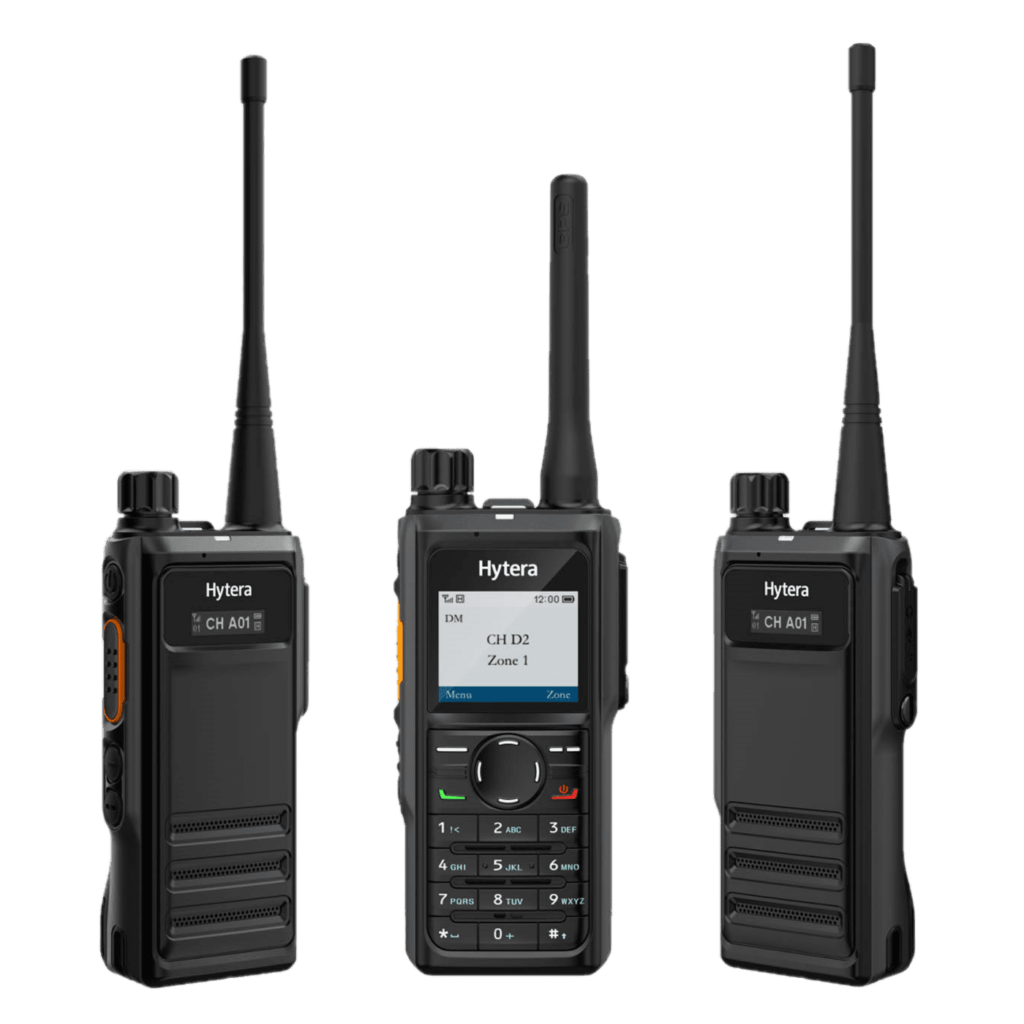What’s the Difference Between a Two-Way Radio and a Walkie Talkie?
The terms “two-way radio” and “walkie talkie” are often used interchangeably — and technically, they both refer to devices that can transmit and receive radio signals. So, what’s the real difference?
The truth is, it’s less about the technology and more about perception and usage. Understanding the subtle differences can help you choose the right radio for your needs.

Quick Definitions
- Two-way radio: A professional device that can both transmit and receive licensed radio communications.
- Walkie talkie: A recreational handheld device on a public frequency.
Walkie Talkie
A walkie talkie is often associated with consumer-level or recreational use. Commonly found in high street retailers, they are ideal for families, hikers, campers, and small teams needing instant communication. Typical features include:
- Colourful, compact design
- Lower cost and simple operation
- License-free (using PMR446 frequencies)
- Limited range and fewer advanced features
- Lightweight construction
Two-Way Radio
In professional settings, the term two-way radio is preferred. These devices are essential in environments like construction sites, security teams, hospitals, warehouses, and event management. A two-way radio offers:
- Rugged build quality with weather/dust protection (IP-rated)
- Stronger signal range and voice clarity
- Longer battery life
- Advanced features like GPS tracking, group calling, and encryption
- Option for licensed channels to ensure privacy and reduce interference
At Chat-Com, we supply high-quality two-way radios for commercial use.
So Which One Do You Need?
It all depends on how and where you plan to use your device:
| Usage | Recommended Device |
|---|---|
| Casual outdoor use, camping, family communication | Walkie Talkie |
| Professional sites, schools, hospitality, events, transport | Two-Way Radio |
| Large-scale professional sites such as construction projects | Two-Way Radio with optional repeater |
